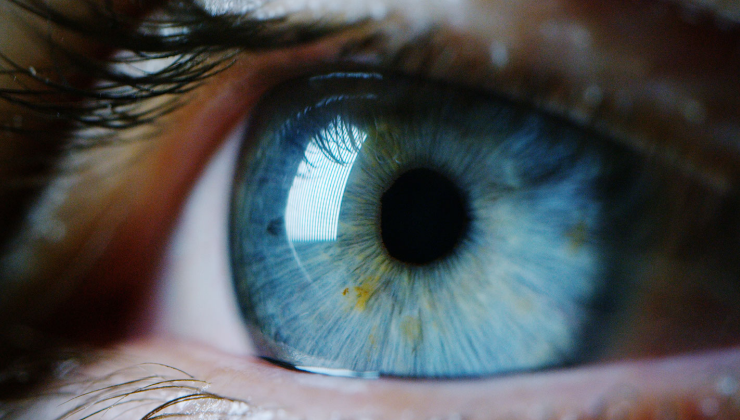Eye floaters: Causes and Effects

Eye floaters are spots in your vision. They may look to you like black or gray specks, strings, or cobwebs. They may drift about when you move your eyes. Floaters appear to dart away when you try to look at them directly.
Most eye floaters are caused by age-related changes that occur as the jelly-like substance (vitreous) inside your eyes liquifies and contracts. Scattered clumps of collagen fibers form within the vitreous and can cast tiny shadows on your retina. The shadows you see are called floaters.
If you notice a sudden increase in eye floaters, contact an eye specialist immediately — especially if you also see light flashes or lose your vision. These can be symptoms of an emergency that requires prompt attention.
Symptoms
Symptoms of eye floaters may include:
- Small shapes in your vision that appear as dark specks or knobby, transparent strings of floating material
- Spots that move when you move your eyes, so when you try to look at them, they move quickly out of your line of vision
- Spots that are most noticeable when you look at a plain bright background, such as a blue sky or a white wall
- Small shapes or strings that eventually settle down and drift out of the line of vision
When to see a doctor
Contact an eye specialist immediately if you notice:
- Many more eye floaters than usual
- A sudden onset of new floaters
- Flashes of light in the same eye as the floaters
- A gray curtain or blurry area that blocks part of your vision
- Darkness on a side or sides of your vision (peripheral vision loss)
These painless symptoms could be caused by a retinal tear, with or without a retinal detachment. This is a sight-threatening condition that requires immediate attention.
Causes
Eye floaters may be caused by vitreous changes related to aging or from other diseases or conditions:
- Age-related eye changes. The vitreous is a jelly-like substance made primarily of water, collagen (a type of protein) and hyaluronan (a type of carbohydrate). The vitreous fills the space in your eye between the lens and retina and helps the eye maintain its round shape.As you age, the vitreous changes. Over time, it liquifies and contracts — a process that causes it to pull away from the eyeball’s inside surface.
As the vitreous changes, collagen fibers within the vitreous form clumps and strings. These scattered pieces block some of the light passing through the eye. This casts tiny shadows on your retina that are seen as floaters.
- Inflammation in the back of the eye. Uveitis is inflammation in the middle layer of tissue in the eye wall (uvea). Posterior uveitis affects the back of the eye, which includes the retina and an eye layer called the choroid. The inflammation causes floaters in the vitreous. Causes of posterior uveitis include infection, autoimmune disorders and inflammatory diseases.
- Bleeding in the eye. Bleeding into the vitreous can have many causes, including retinal tears and detachments, diabetes, high blood pressure (hypertension), blocked blood vessels, and injury. Blood cells are seen as floaters.
- Torn retina. Retinal tears can happen when a contracting vitreous tugs on the retina with enough force to tear it. Without treatment, a retinal tear may lead to retinal detachment. If fluid leaks behind the tear, it can cause the retina to separate from the back of your eye. Untreated retinal detachment can cause permanent vision loss.
- Eye surgeries and eye medications. Certain medications that are injected into the vitreous can cause air bubbles to form. These bubbles are seen as shadows until your eye absorbs them. Silicone oil bubbles added during certain surgeries on the vitreous and retina also can be seen as floaters.
Risk factors
Factors that can increase your risk of eye floaters include:
- Age over 50 years
- Nearsightedness
- Eye injury
- Complications from cataract surgery
- Diabetes complication that causes damage to the blood vessels of the retina (diabetic retinopathy)
- Eye inflammation
